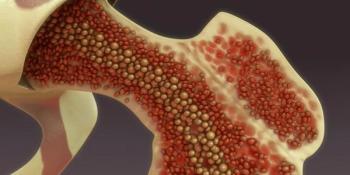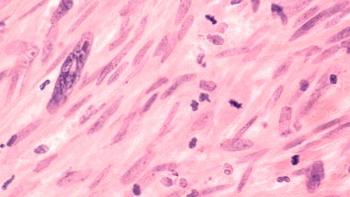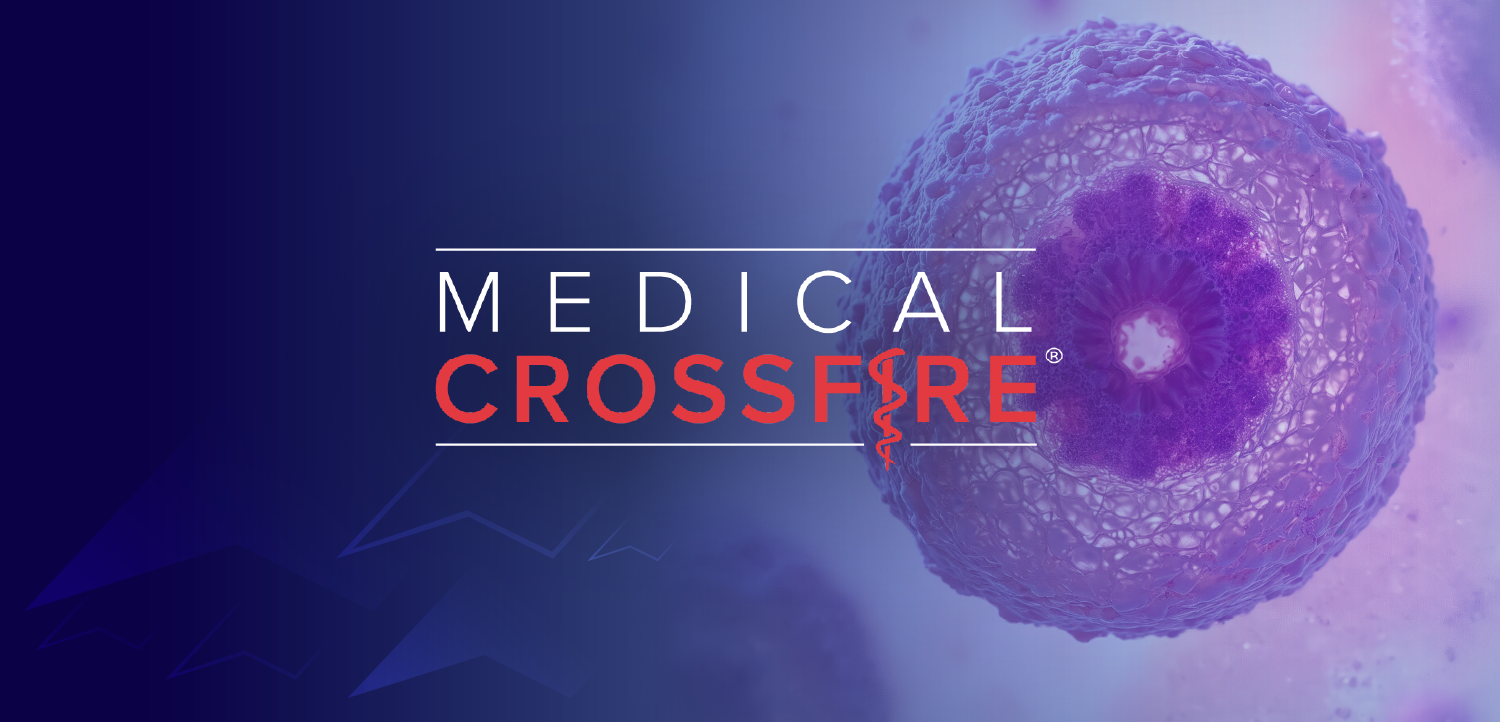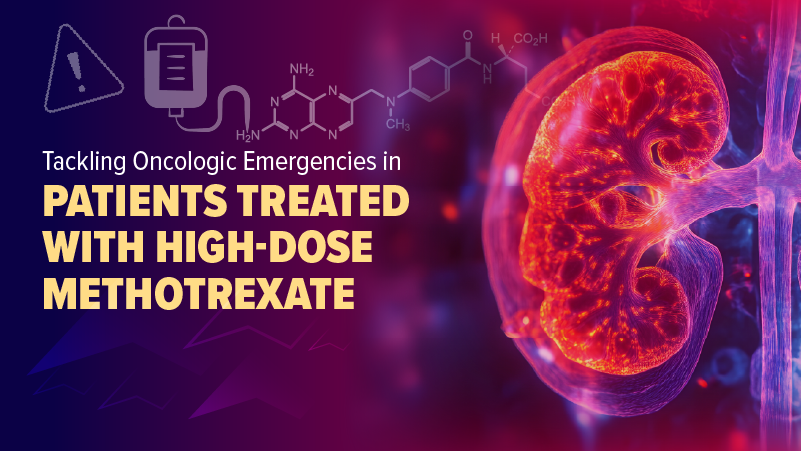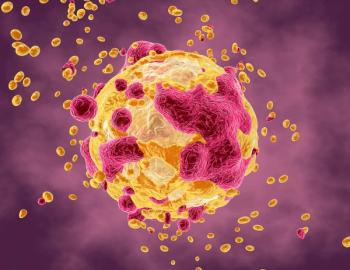
New Role for Maintenance Chemo in Rhabdomyosarcoma?
Six months of maintenance chemotherapy improved OS in children with high-risk rhabdomyosarcoma.
Adding 6 months of maintenance therapy after initial treatment improved overall survival (OS) in patients with high-risk rhabdomyosarcoma (RMS), according to a new study. The addition of low-dose vinorelbine/cyclophosphamide improved the 5-year OS rate from 73.7% to 86.5% (HR, 0.52; 95% CI, 0.32–0.86; P = .0111),
“Maintenance therapy represents a novel, well-tolerated, effective strategy in patients with high-risk rhabdomyosarcoma,” said lead study author Gianni Bisogno, MD, PhD, from the University Hospital of Padova in Italy and Chair of the European Paediatric Soft Tissue Sarcoma Study Group (EpSSG), who reported the results (abstract
“This study establishes the new standard of treatment for patients with high-risk rhabdomyosarcoma,” he said, noting that the same approach can be investigated for other childhood solid tumors.
Rhabdomyosarcoma, the most common soft tissue sarcoma in children, is a malignant tumor of mesenchymal origin. It is rare, with estimates of only 350 children diagnosed with RMS in the United States each year, and 320 in the European Union.
Bisogno explained that RMS is a very aggressive malignancy, but with modern intensive treatment, the cure rate is between 70% and 80%. Since recurrences are uncommon, patients who survive 5 years are usually considered cured. However, for patients who present with metastatic disease or experience a recurrence after initial treatment, the cure rate dramatically declines to about 20% to 30%.
The EpSSG, which comprises108 centers in 14 countries, conducted the randomized RMS2005 Maintenance study over a 10-year period (2006–2016). Bisogno and his colleagues enrolled 670 patients between the ages of 6 months and 21 years who had N0 alveolar RMS or who had undergone incomplete resection (group II or III) of embryonal RMS arising in an unfavorable site and/or N1 complete resection.
The entire cohort underwent standard intensive therapy consisting of 9 cycles of high-dose chemotherapy (a combination of ifosfamide, vincristine, and actinomycin D with or without doxorubicin), followed by RT and surgery. Patients were then randomized to either a control group or to receive maintenance therapy with IV vinorelbine at 25 mg/m2 and oral cyclophosphamide at 25 mg/m2.
At a median follow-up of 5 years, the 3-year event-free survival was 78.4% (95% CI, 71.5–83.8) among patients receiving maintenance chemotherapy vs 72.3% (95% CI, 65.0–78.3) in the control group (P = .061).
The 5-year OS was 87.3% (95% CI, 81.2–91.6) for the maintenance therapy group and 77.4% (95% CI, 70.1–83.1) for controls (P = .011).
Maintenance therapy was better tolerated and less toxic than the initial intensive treatment, but the rate of grade 3/4 febrile neutropenia was 25% and of neurotoxicity was 1.1% in the maintenance arm.
ASCO Expert Warren Chow, MD, of the City of Hope Comprehensive Cancer Center in Duarte, California, noted that it is unusual to use maintenance chemotherapy for pediatric sarcomas, and that this strategy will need to be tested with US-based protocols before it can be standard of care in the United States.
Newsletter
Stay up to date on recent advances in the multidisciplinary approach to cancer.


